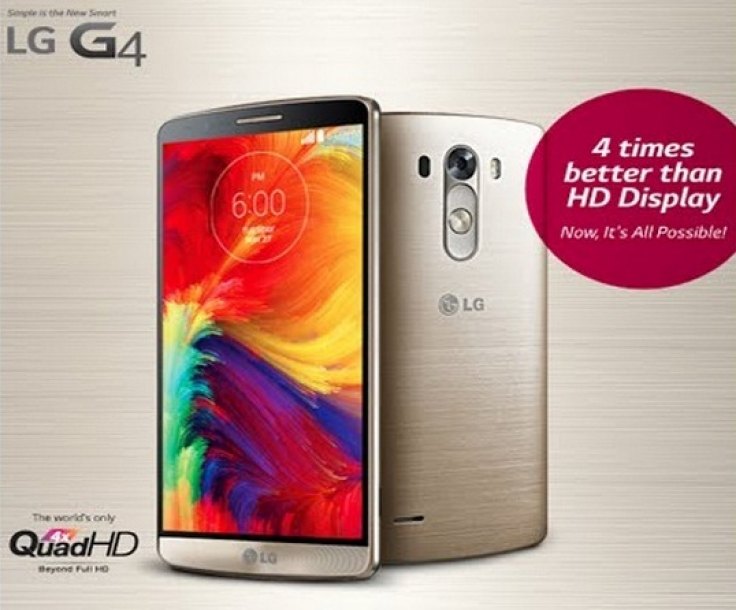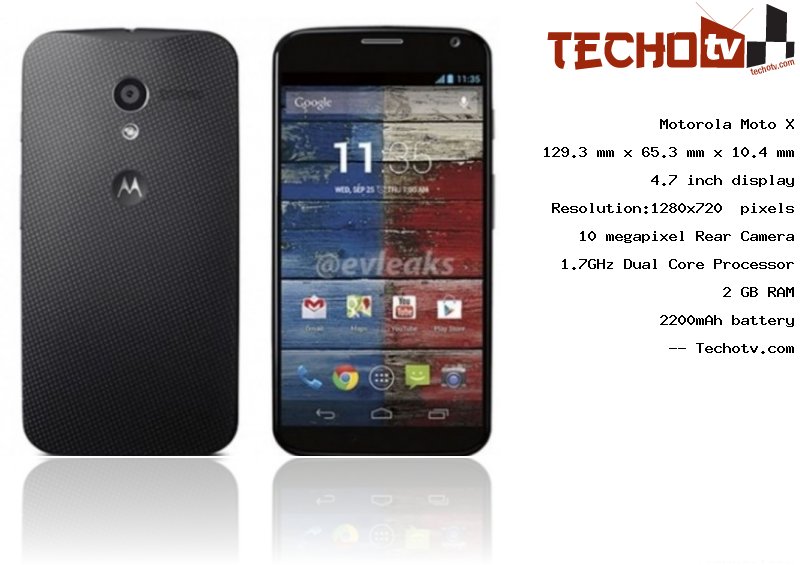 Loading... Please wait...
Loading... Please wait...Blog - The 5 top smartphone
Right Now The 5 Best Smartphones
Posted by UScardcode on May 30th 2015
When the iPhone 6 isn't your only option
while overall there’s a dizzying amount of smartphones on the market, when it comes to investing in the latest and greatest, these five stand out from the rest. But since they’re mostly comparable to each other, the best way to choose is by basing your decision on the most important characteristic to you.
Best Android: Nexus 6
Google’s latest Android operating system, Lollipop, is so colorful and smooth it’s practically lickable. To get the most out of its edge-to-edge interface, you’ll want to upgrade to a Nexus 6, a monster of a smartphone with a nearly 6-inch AMOLED display. Packing an eye-popping 493 pixels per inch, the Nexus’s display is driven by a quad-core 2.7 GHz Snapdragon 805 processor that crunches through apps and background processes with ease. Translation: Google Now is always in the moment.
But in addition, from video streaming to video slinging, the Nexus 6 has the processing power and multimedia chops to make any Android game or movie pop off the screen. (And starting with 32 gigabytes of onboard storage, it has plenty of room to hold all that content, too.) That speed translates into every corner of the operating system as well: photos snap faster, NFC connects more reliably, and the web unfurls without a hiccup.

Best Apps: iPhone 6
I’ll probably get half a dozen tweets and emails for saying this, but if having access to the hottest new apps is the most important aspect of smartphone ownership for you, cozy up to iOS before considering any Android handset. While Google says its operating system has more apps than iOS, there are plenty of free, junkier apps on Android. Apple’s iOS tends to get exclusive apps first because studies have shown iPhone owners actually pay for more apps. Put bluntly, iPhone developers get more money, which encourages them to publish with Apple first. And there’s no better way to experience iOS’s riches than with Apple’s iPhone 6.
Its 4.7-inch, 326 pixel-per-inch Retina display is big enough to be beautiful but small enough to still fit in a pocket. A new processor melds high performance with motion detection, perfect for workout apps. And an 8-megapixel camera able to snap everything from action shots to 43 megapixel panoramas makes its various camera apps shoot beautifully. In addition, a bigger overall body made room for a longer-lasting battery, which is necessary for all the apps you’ll be enjoying.

Best Camera: LG G4
Some Android afficionados might disagree with putting the LG G4 in the top five, but that’s because they haven’t had a hands-on yet. Admittedly, running a hex-core 1.8 Ghz Snapdragon 808 chip, it’s not the fastest phone in the list. But with Lollipop as an operating system, it’s as up-to-date as they come, especially when you take it in through the G4’s amazingly dense 538 pixel-per-inch 5.5-inch display. Bright, vivid, and even good in direct sunlight, this is the kind of screen you need if you want to take in all the details captured by the phone’s 16-megapixel rear-facing camera. With laser-assisted autofocus and the ability to shoot in RAW, this camera is practically DSLR quality.
Smartly, LG gave the G4 a powerful default camera app to match, with all sorts of manual controls from shutter speed to white balance, making it a great shot in all sorts of light. Throw in a couple of old-school perks like a removable battery and microSD card support (in addition to 32 GB of internal storage) — both of which seem to be favorite specs that are going the way of the dinosaur

Best Design: Samsung Galaxy S6 Edge
One challenge in picking the best phones is how they all eventually seem to ape each other — in fact, there was a volley of Samsung/Apple lawsuits about this very issue. But Samsung is breaking the mold with its new Samsung Galaxy S6 Edge, boasting a curved glass design that’s no gimmick. The handset’s 5.1-inch AMOLED display is a feast for the eyes, with 577 pixels per inch making its version of Android Lollipop practically leap off the screen.
But it’s the display’s rounded edges that make a big difference here, not just in the phone’s physical feel, but in how users interact with its software. Flick in a tab on the right, and you get access to your contacts at a swipe. Another clever use for the sidebars is the phone’s “information stream,” which shows texts and other alerts without powering on the entire display. The S6 Edge is particularly great as a bedside clock, because it doesn’t light up the whole room just showing the time. And with a wireless charger, the phone makes a full transition from being just another great gadget to becoming a touching part of your life

Best Value: Moto X
With a business model that revolves around as many free services as it can afford, Google would be expected to deliver on the best value in smartphones, and with the Moto X, the search giant delivered (Motorola Mobility is now owned by Lenovo). Though technically not free (it starts at 99 cents with a two-year contract), the supremely customizable handset has some impressive base specs, like its 5.2-inch, 424 pixel-per-inch AMOLED screen, Android Lollipop compatibility, and removable battery which can charge more than halfway in just 30 minutes.
The Moto X’s camera shoots with the best of them, and a range of storage options (from 16 to 64 gigabytes) will satisfy digital packrats and cloud-consuming users, alike. And with an astounding amount of customization options, from dozens of rear casing covers to personalized boot-up messages, this smartphone may be the smartest thing on your person, matching your individual style down to the handset’s trim

